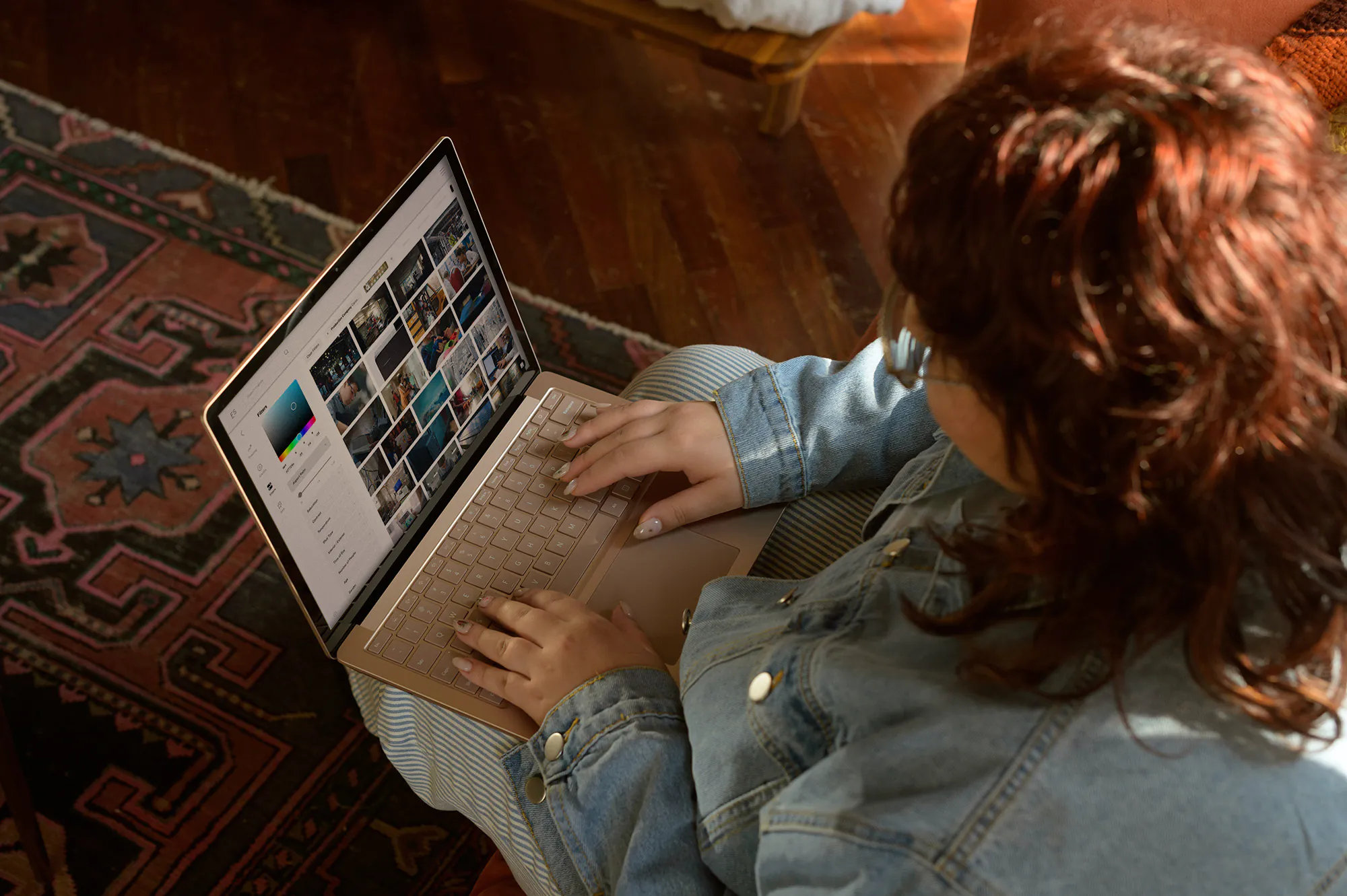Comparing High-key and Low-key Lighting

Introduction to High-Key and Low-Key Lighting
In the world of commercial cinematography, the manipulation of light and shadows plays a pivotal role in creating the mood and atmosphere of a scene. The artistry behind this lies largely in the techniques of high-key and low-key lighting.
In this article, we delve into the contrasting worlds of these lighting methods, exploring their unique characteristics, their applications, and their impact on visual storytelling. We'll dissect their unique characteristics and examine their role in shaping the narrative landscape of commercial cinematography. Let's dive in.
What is High-Key Lighting and Low-Key Lighting?
Before we delve into the advantages and disadvantages of high-key and low-key lighting, it's crucial to first understand their respective definitions in the context of commercial cinematography.
High-Key Lighting Definition
High-key lighting is a style of lighting that's characterized by brightness, minimal shadows, and often white backgrounds. It results in images with low contrast and few dark areas. This method is frequently used in commercial photography due to its ability to create a clean, polished aesthetic that effectively showcases products and subjects by eliminating harsh shadows and emphasizing detail and clarity.
.png)
Low-Key Lighting Definition
Low-key lighting, in contrast, is a style that emphasizes shadows and dramatic lighting to create a moodier, more intense scene. It often results in images with high contrast and many dark areas. In the realm of commercial photography, low-key lighting can be used to add depth, drama, and intrigue – making products or subjects stand out in a striking way that stirs emotion and captures attention.
.png)
Now that we have a firm grasp of what high-key and low-key lighting entail, it’s important to understand into their respective strengths and weaknesses, and how these can be leveraged or mitigated in the context of commercial photography.
Pros and Cons of High-Key Lighting
High-key lighting, with its bright and open aesthetic, is often used in commercial photography to create a sense of lightness, positivity, and simplicity. It's particularly effective for product shots and portraits where the focus is on clarity and detail.
Pros
- Adds a polished, professional look to images.
- Ideal for shoots requiring a clean, minimalist aesthetic.
- Eliminates harsh shadows, highlighting product details.
- In portrait photography, it can smooth out skin imperfections.
- Contributes to a cheerful, lighthearted mood.
.png)
Cons
- May result in a lack of depth or dimension due to the absence of shadows.
- Requires careful control of lighting to prevent overexposure and maintain detail.
- May not convey the desired mood or atmosphere for more dramatic or serious themes.
Pros and Cons of Low-Key Lighting
Low-key lighting, with its emphasis on shadows and dramatic contrast, is often utilized in commercial photography to create a sense of mystery, depth, and intensity. It's particularly beneficial for product shots and portraits where the aim is to evoke emotion and capture attention.
Pros
- Creates a dramatic, moody aesthetic.
- Ideal for shoots requiring a sense of depth and intrigue.
- Emphasizes shape and form through the use of shadows.
- Can highlight specific aspects of a product or subject.
- In portrait photography, it can add character and intensity.
.png)
Cons
- May result in images that are too dark if not properly managed.
- Requires careful control of lighting to prevent underexposure.
- Can obscure detail due to heavy shadows.
- May not be suitable for shoots requiring a lighter, more cheerful mood
- Can unintentionally highlight imperfections due to the stark contrast and deep shadows.
Which Lighting is Right for You?
Choosing the right lighting for your commercial video largely depends on the narrative you want to tell, the style you're aiming for, and the mood you wish to convey. Both high-key and low-key lighting have their unique characteristics that can greatly influence the overall feel and impact of your commercial.
Storytelling
The story you're telling in your commercial is a key factor when deciding on your lighting. High-key lighting often suggests positivity, simplicity, and clarity, making it suitable for straightforward, upbeat narratives. Conversely, low-key lighting, with its emphasis on shadows and contrast, can help create suspense, mystery, or drama, thereby enhancing more intense or serious storylines.

Style and Mood
The style and mood you want for your commercial should also guide your lighting choices. If you're aiming for a clean, minimalist style with a cheerful mood, high-key lighting would be a good fit. If, however, you're going for a more dramatic, moody style, low-key lighting can provide the depth and intensity needed.
.png)
Product or Subject
Finally, consider the product or subject of your commercial. High-key lighting is excellent for showcasing details, making it ideal for products that benefit from being fully illuminated. Low-key lighting, on the other hand, can highlight specific features or add a sense of luxury or sophistication.
.png)
Conclusion
The decision between high-key and low-key lighting doesn't boil down to a matter of superiority, but rather a question of suitability. Each type of lighting has its unique strengths and weaknesses, and understanding these can guide you in choosing the one that best aligns with your commercial video's objectives.
Ultimately, effective use of lighting can significantly enhance not just the visual appeal of your commercial, but also its ability to connect with viewers and convey its message. It's an integral part of storytelling, mood setting, and style creation in commercial videos. Therefore, take time to consider your aims, understand the impact of different lighting styles, and choose the one that will best amplify your commercial's overall impact.
Find frames for your treatment today




